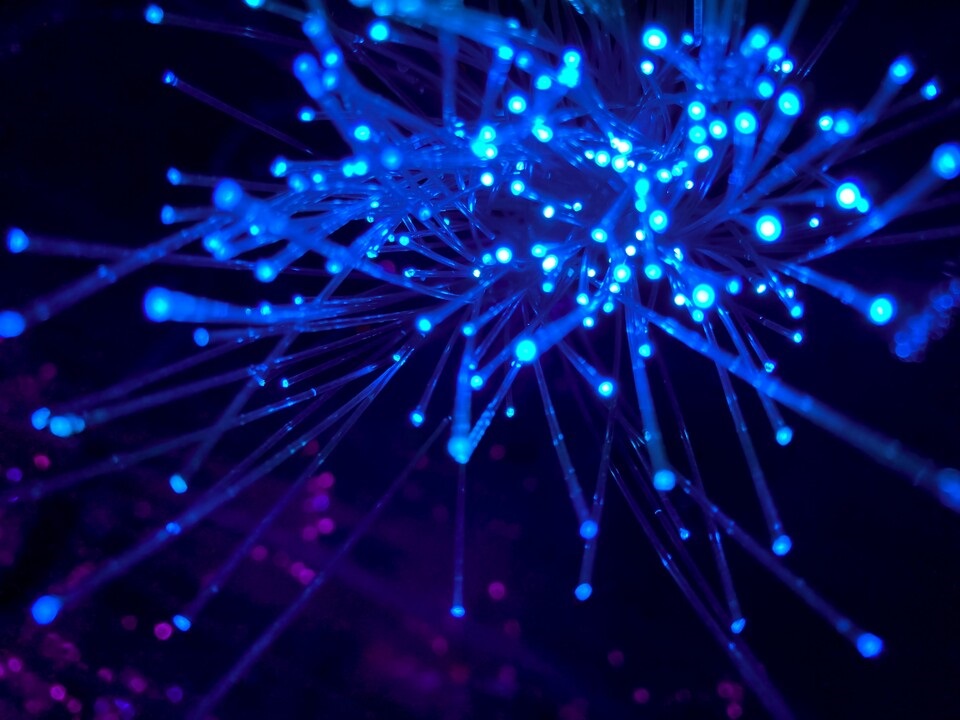
Targeting a $160bn opportunity – the Internet of Medical Things
Two weeks ago, Amazon announced it was working on a smart fridge that would know when you are low on everyday items and order replacements on your behalf. For years, people have talked about the Internet of Things, and it appears that a future of limitless Yakult and an end to late-night trips to the 24hr petrol station for a pint of milk is finally within reach. But while the consumer world continues to ensure all our appliances speak to each other, the healthcare industry has been steadily moving towards its own IoT revolution – or towards its Internet of Medical Things (IoMT).
According to Deloitte, it’s an industry that’s expected to be worth over $160bn by 2022 and it’s one that offers a huge opportunity for both the healthcare and non-healthcare technology sectors. It’s why I broadened my reach into life sciences seven months ago, setting my sights on helping to facilitate the two-way flow of skills, experience, and most importantly real-world learnings between the various niches within the tech sector.
So, when we talk about IoMT, what are we talking about and how can we help healthcare accelerate its adoption?
The IoMT (Internet of Medical Things) is a sophisticated combination of medical devices and software applications that integrates with healthcare IT systems via wireless connectivity.
At a time when a vast number of IoT devices are benefiting multiple industries, the wave of interconnected sensor technologies, such as wearables and standalone devices, is paving the way for a brighter future of health-tech. It currently covers:
Manufacturing/ Production Line Monitoring Pharma & Medical – Connectivity, Wireless, Sensors
Systems Integrators
Platform developers/Cloud
Medical Device manufacturers
When working in harmony, this ecosystem has the power to significantly improve lives in a vast number of areas – improved diagnosis and drug management, remote monitoring, more efficient manufacturing processes - while saving the healthcare industry, and its customers, billions along the way.
The IoT revolution has been well underway in other sectors for years and this provides life sciences with the perfect opportunity to harness a wealth of real-world experience – the successes and equally important, the failures – to really start to accelerate its own revolution for the benefit of millions.
But this revolution requires serious evolution when it comes to things such as business and operating models, platforms, and regulatory frameworks, and at the heart of all of it is talent. From high level strategic consultancy, through to specific technical know-how. From those that build, develop, and install systems through to those that fine tune them, provide critical insights based on complex analytics, and those that ultimately ensure those systems deliver the very best value back to the business.
It’s only been seven short months since I joined RBW, but I’ve already seen amazing examples of the impact that the right people entering this space can have in a very short space of time, so if it’s an area of interest and you’d like to discuss it further, I’d love to hear from you. In the meantime, I haven’t got time to wait for Amazon to get its act together, so I suppose I’ll have to check on how much Yakult I have left, myself.
This article first appeared on LinkedIn.
